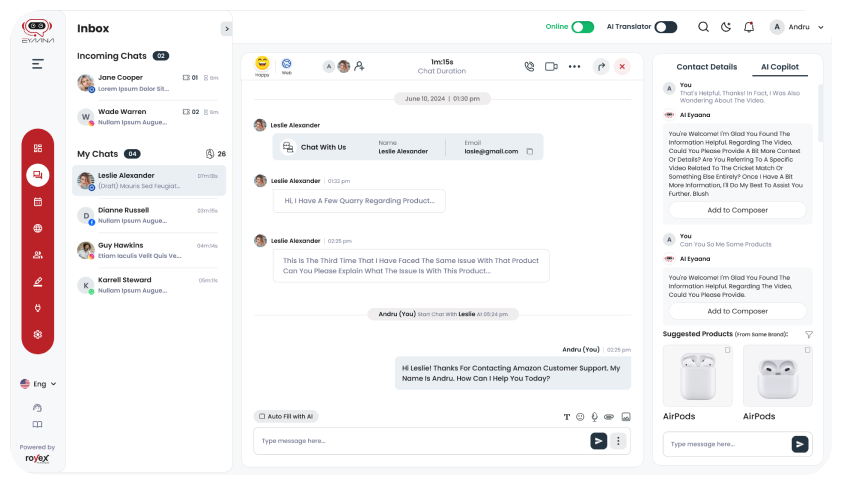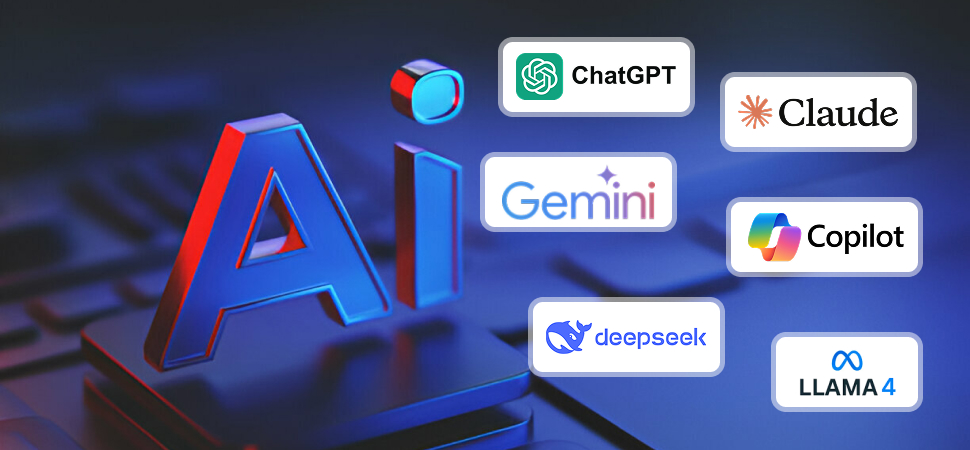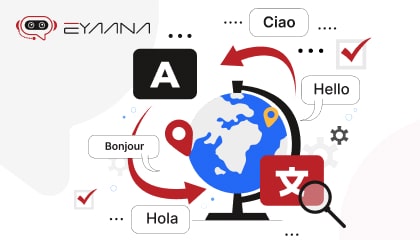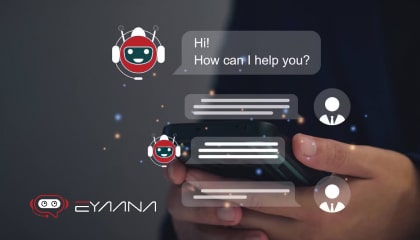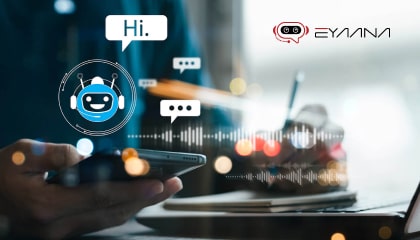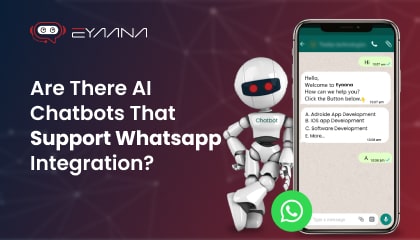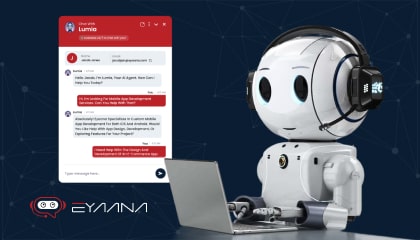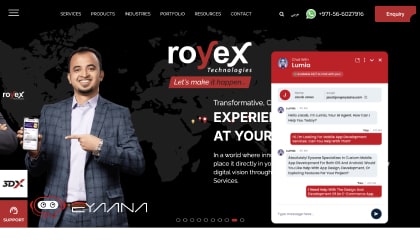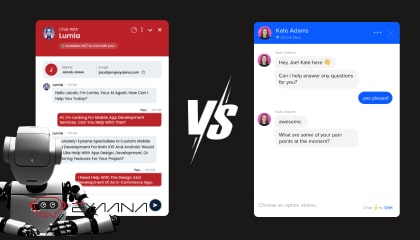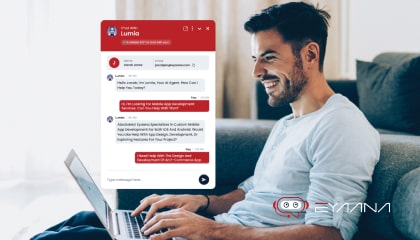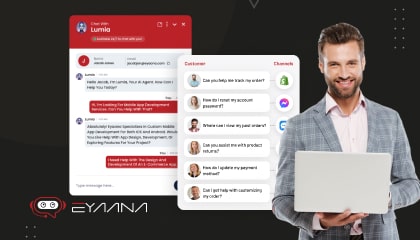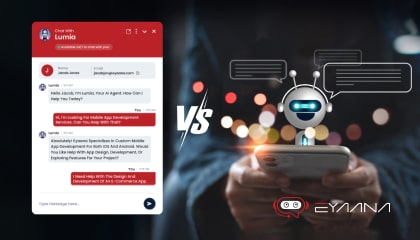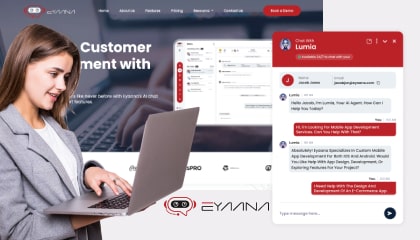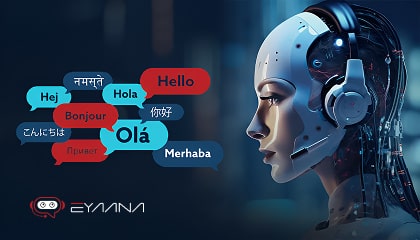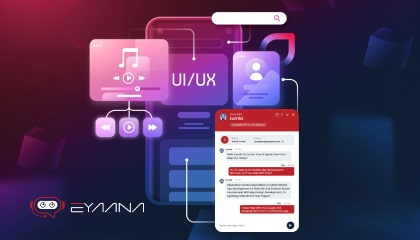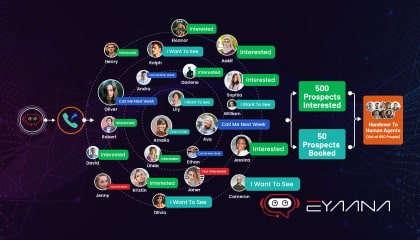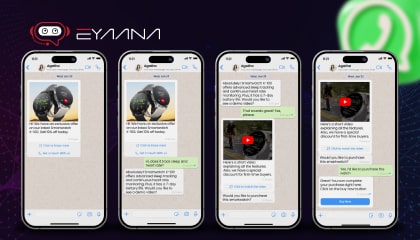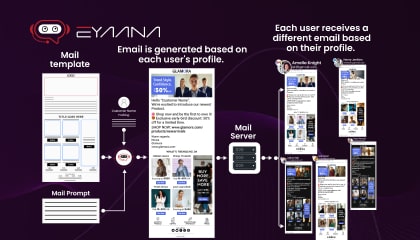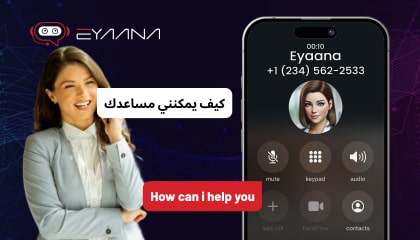Enquiry
Blog Details
Voice AI Playbook: Designing IVR, Outbound AI Calls and Broadcasts that Convert
The way customers interact with businesses is evolving rapidly. From text-based chatbots to voice-enabled AI systems, enterprises across the UAE, Middle East, and globally are adopting Voice AI to create more natural, human-like, and scalable customer interactions.
Interactive Voice Response (IVR), outbound AI calls, and AI-powered broadcasts are no longer limited to call centers. Today, they are powerful tools for customer support, sales, and marketing. When designed effectively, they don’t just reduce operational costs—they increase conversion rates, enhance customer satisfaction, and drive revenue growth.
This playbook explores:
-
Why Voice AI is critical for modern businesses
-
The evolution from traditional IVR to AI-powered voice bots
-
Best practices for designing high-converting AI voice systems
-
Real-world use cases across support, sales, and marketing
-
Insights from the UAE and MENA markets
-
And why Eyaana is the ideal AI first sales and marketing solution for enterprises ready to adopt voice AI at scale.
Why Voice AI Matters

Voice remains the most natural and preferred mode of communication. Despite the rise of chat and messaging apps, research consistently shows that:
-
Over 60% of customers in the UAE still prefer voice when dealing with complex issues.
-
Contact centers report that voice calls drive higher conversions compared to email or chat alone.
-
With the Middle East’s rapidly growing digital economy, businesses need voice solutions that are smarter, multilingual, and scalable.
Traditional IVR systems—with their rigid menus and frustrating loops—no longer meet customer expectations. Customers want to speak naturally, be understood instantly, and get fast results. Voice AI bridges this gap, transforming static systems into dynamic, context-aware interactions.
The Evolution: From Legacy IVR to AI Voice Systems
Legacy IVR:
-
Menu-based (“Press 1 for support, press 2 for sales”)
-
Limited flexibility
-
Long wait times
-
Poor customer experience
AI Voice Systems:
-
Natural Language Understanding (NLU) to interpret customer intent
-
Semantic retrieval for accurate, contextual answers
-
Outbound calling AI for sales follow-ups, appointment reminders, and renewals
-
Scalable voice broadcasts for promotions, alerts, and mass communication
This transition is similar to the shift from keyword search to semantic retrieval in chatbots—voice AI moves from rigid menus to human-like conversations.
Core Components of Voice AI
-
AI-Powered IVR (Inbound)
-
Replaces outdated menu-driven IVR with conversational AI.
-
Customers speak naturally, and AI routes calls to the right department or resolves them instantly.
-
-
Outbound AI Calls
-
Automated calls for lead nurturing, payment reminders, appointment confirmations, and feedback collection.
-
Works 24/7 without human intervention.
-
-
Voice Broadcasts
-
AI-driven bulk calls delivering promotional offers, service updates, or emergency alerts.
-
Personalized at scale with customer data integration.
-
-
Agent Assist via Voice AI
-
AI listens during live calls and suggests responses or resources to agents in real time.
-
Improves efficiency and resolution times.
-
Designing High-Converting AI Voice Systems: Best Practices
1. Focus on Natural Conversations
Customers dislike robotic tones. A successful voice AI system should:
-
Use natural speech synthesis (TTS)
-
Handle interruptions gracefully
-
Understand context beyond keywords
2. Personalization is Key
-
Greet customers by name
-
Reference their purchase history or preferences
-
Offer tailored solutions instead of generic menus
3. Multilingual Support for MENA
In the UAE, a truly effective system must support Arabic, English, Hindi, and Urdu seamlessly. Voice AI must handle:
-
Code-switching (mixing languages)
-
Local accents and dialects
-
Cultural nuances in conversation
4. Minimize Customer Effort
-
Avoid long menus
-
Provide options for direct agent transfer
-
Offer self-service for common tasks (balance check, order status, password reset)
5. Integrate with CRM & Sales Systems
-
Use customer data for context-aware responses
-
Trigger outbound calls based on CRM events (e.g., abandoned cart)
-
Feed call data back into sales pipelines for actionable insights
6. Optimize for Conversions
-
For sales calls, scripts should be concise, persuasive, and trust-building
-
For support calls, resolution speed is the top priority
-
A/B test outbound campaigns for effectiveness
7. Monitor & Improve with KPIs
Measure performance using:
-
Call deflection rate
-
Average handle time (AHT)
-
Conversion rate from outbound campaigns
-
Customer satisfaction (CSAT)
Use Cases of Voice AI Across Industries
1. Banking & Finance
-
Outbound calls for loan reminders and payment confirmations
-
IVR for balance checks and fraud alerts
-
Personalized financial product promotions
2. E-commerce & Retail
-
Order confirmation and delivery updates
-
Voice broadcasts for flash sales in the UAE
-
Outbound calls for abandoned cart recovery
3. Healthcare
-
Appointment scheduling and reminders
-
Prescription refill alerts
-
Patient feedback surveys
4. Telecom
-
Plan renewal reminders
-
Outbound promotions for new packages
-
Automated troubleshooting assistance
5. Hospitality & Travel
-
Flight schedule updates
-
Reservation confirmations
-
Outbound marketing for loyalty programs
Voice AI in UAE & MENA: Key Market Insights
-
The UAE contact center market is projected to grow steadily, with AI-powered voice solutions reducing support costs by up to 30%.
-
Arabic voice support adoption is accelerating, with more than 70% of businesses planning to implement or upgrade AI IVR within the next three years.
-
Outbound AI calls are increasingly used in Dubai’s retail, banking, and logistics sectors to improve efficiency.
In a region where customer loyalty is tightly linked to service quality, AI-first sales and marketing solutions with voice capabilities are becoming a necessity, not an option.
Challenges in Implementing Voice AI
-
Accent & Dialect Handling: Arabic dialects vary significantly.
-
Data Privacy Regulations: Compliance with GDPR, HIPAA, and local UAE laws is crucial.
-
Integration Complexity: Requires strong APIs with CRMs, ERPs, and ticketing systems.
-
Customer Trust: Transparency is needed—customers should know they are interacting with AI.
Future of Voice AI
Voice AI is set to evolve into:
-
Proactive AI: Calling customers before they realize they have an issue (e.g., alerting about service disruptions).
-
Emotion Detection: Adjusting tone and responses based on detected frustration or excitement.
-
Voice Biometrics: Enhancing security with identity verification.
-
Omnichannel AI Agents: Seamlessly switching between text, voice, and video interactions.
For the UAE’s AI Vision 2031, such advancements will be foundational for businesses aiming to deliver futuristic customer engagement.
Why Eyaana Is the Best Choice
When it comes to adopting an AI first sales and marketing solution, Eyaana stands out as the partner of choice for enterprises in the UAE and beyond.
-
AI Voice Capabilities: Built-in support for IVR, outbound AI calls, and voice broadcasts.
-
Omnichannel Communication: Integrates voice seamlessly with text, chat, video, WhatsApp, Instagram, and more.
-
Multilingual Mastery: Optimized for Arabic, English, and regional languages, ensuring inclusive customer experiences.
-
Smart Sales Integration: AI doesn’t just support — it actively nurtures leads, books appointments, and closes deals.
-
Hybrid AI + Human Support: Smooth escalation to agents for complex cases.
-
Enterprise-Grade Security: Fully compliant with SOC, GDPR, and HIPAA standards.
With Eyaana, voice AI is not just about automating calls—it’s about building a scalable, intelligent, and customer-centric ecosystem that enhances both support and sales.
Conclusion
Voice AI has moved from futuristic concept to everyday business reality. By adopting AI-powered IVR, outbound calls, and broadcasts, enterprises can transform customer experiences, reduce costs, and increase conversions.
For businesses in the UAE and Middle East, where multilingual support and customer loyalty are critical, investing in voice AI systems is essential to staying competitive.
With Eyaana’s AI first sales and marketing solution, enterprises gain access to the most advanced voice AI tools, built with scalability, compliance, and customer experience at the core. The future of customer engagement is conversational, intelligent, and voice-driven — and Eyaana is leading the way.
Do you need help?
We will provide detailed information about our services, types of work, and top projects. We will calculate the cost and prepare a commercial proposal.
